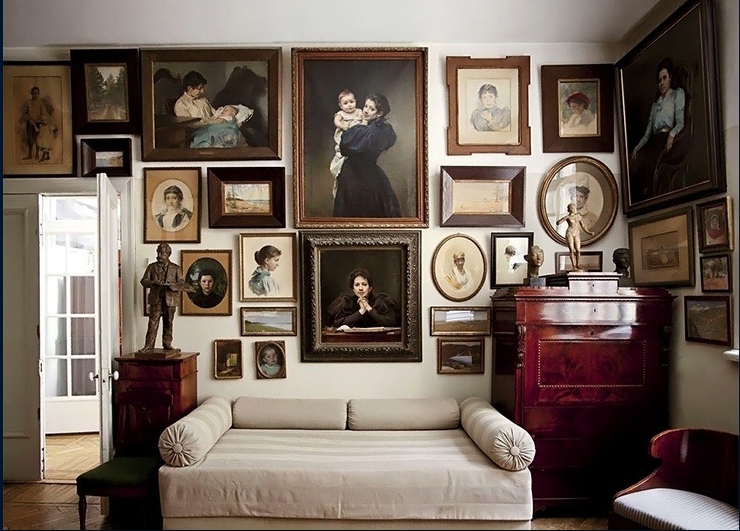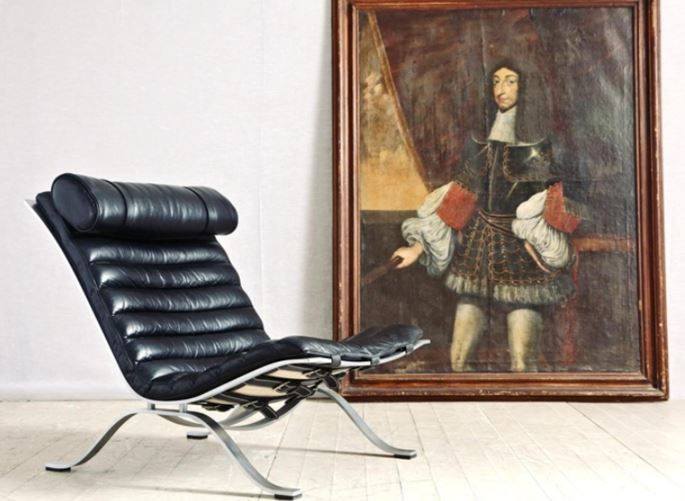Decorating with antiques continues to experience a surge of interest, not only because of each piece’s artisanal story and craftsmanship but also because of their potential to increase in value over time. Antique lovers certainly appreciate the past heritage and timeless decor beauty of each item but they are also acutely aware of the potential reward, should they wish to sell in the future.
Are those ‘priceless heirlooms’ really priceless and what makes antiques – from big furniture pieces to decorative accessories and collectable objets d’art – appreciate in value over time?
Defining antiques as ‘investment pieces’ will depend largely on the desirability, condition, availability, authenticity, rarity and quality; the major factors determining whether the antiques in your home will be worth more, years from now.
Before you go antique hunting, let’s consider the top 3 factors that affect any antique’s value:
#1 Condition
The overall condition of an antique piece of furniture or accessory is a basic consideration when it comes to determining value at auctions or antique shops. A damaged Louis XVI Fauteuil style armchair, chipped china or porcelain or a cracked gilded Baroque mirror – besides 7 years of bad luck – will immediately depreciate in value, no matter how collectable or rare they may be. Dents, scratches, discolouration and missing parts all play a role in the depreciation of antique pieces.
Antiques are generally at least 100 years old, so they are unlikely to be in mint condition. But here’s the industry standard as far as value goes: the less done to the original item to alter it – additions or deletions – the more it will retain its value or appreciate in value.

(It is worth noting that the devaluation of an item – due to damages – will vary depending on the item; a minor chip can significantly devalue a piece of glass, but it doesn’t necessarily have the same effect on a piece of porcelain).
#2 Authenticity
A significant determining factor on the value of an antique item is whether it is the real deal rather than a replica. Reproductions can be difficult to spot, so how do you know?
- Do some research: Does the item and the corresponding time period that it comes from match the unique design elements that align with that period?
- Identify the manufactures’ signature: The signature of an artist, craftsman or manufacturer will go a long way to authenticating an antique item.
- Know your materials: Many materials can be replicated. If it says oak or mahogany, make sure it is not a veneer but solid wood.

(Provenance – the history of the item – will also play a role in the authenticity conversation and in identifying a genuine antique from a forgery or replica. items that have belonged to famous people and been passed down through several generations have a special history and will always be highly desirable and increase in value).
#3 Rarity
The fewer there are of an item, the more rare and valuable it is likely to be, even if it has a flaw, imperfection or colour distortion. An appraiser or auction house will be able to correctly determine the rarity value of an antique piece.
The rarity and related appreciation value of antiques depend on:
- The number of items made. (Either only a few were made in the first place or few remain in circulation).
- Whether the furniture piece or object features a rare or unique design.
- The difficulty of replicating an item.
- An uncommon design, unusual colour or subject matter for the manufacturer or artist.

If you are going to spend money on furniture and decorative accessories for your home that will not only add character and stand the test of time but will hold their value, then beautiful antiques, that you love, are an investment that will give far more than just holding value.
The Crown Collection
Shopping for quality and rare antiques starts at The Crown Collection, South Africa’s largest emporium of hand-picked and curated pieces. With over 5000 antique, vintage and French antiques filling our studio, you will find a finely honed collection and eclectic combination of decorative antique, modern and classic styles.
Armed with the knowledge that antiques will not only retain their value but are likely to appreciate in value compared to their contemporary machine-made counterparts, it is worth saving up and slowly building up your collection of items that you love and that will become statement and investment pieces in your home.

